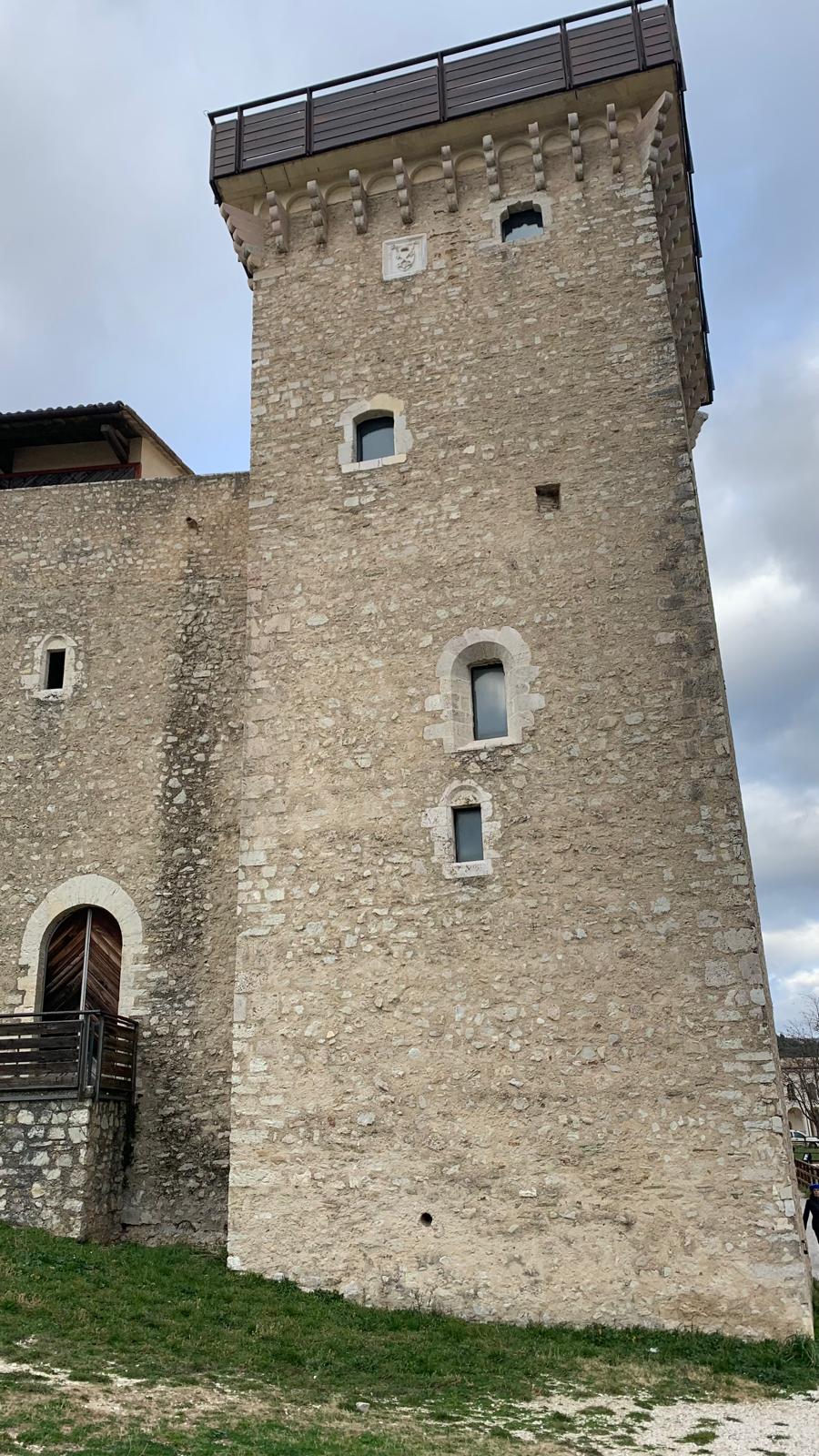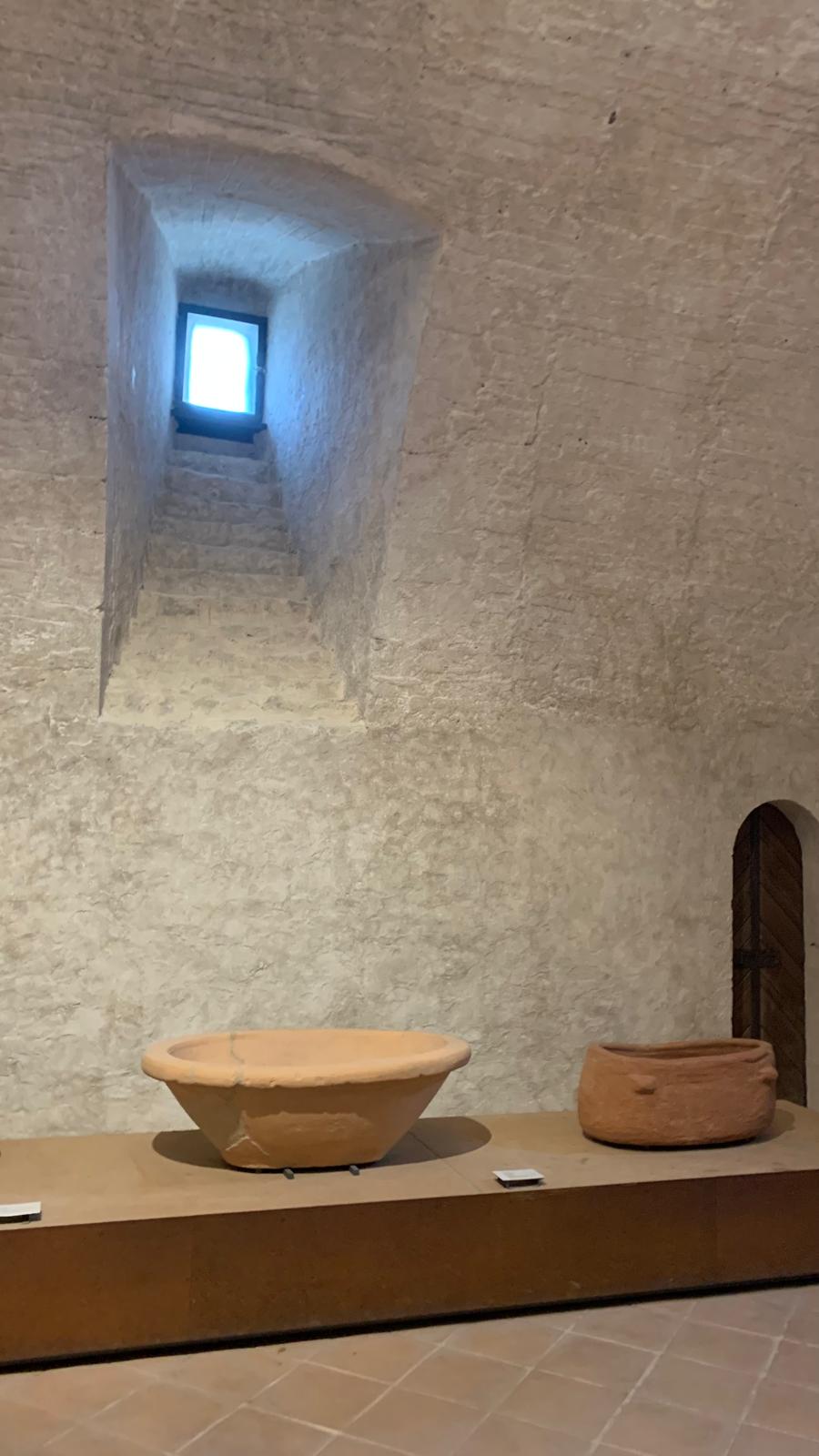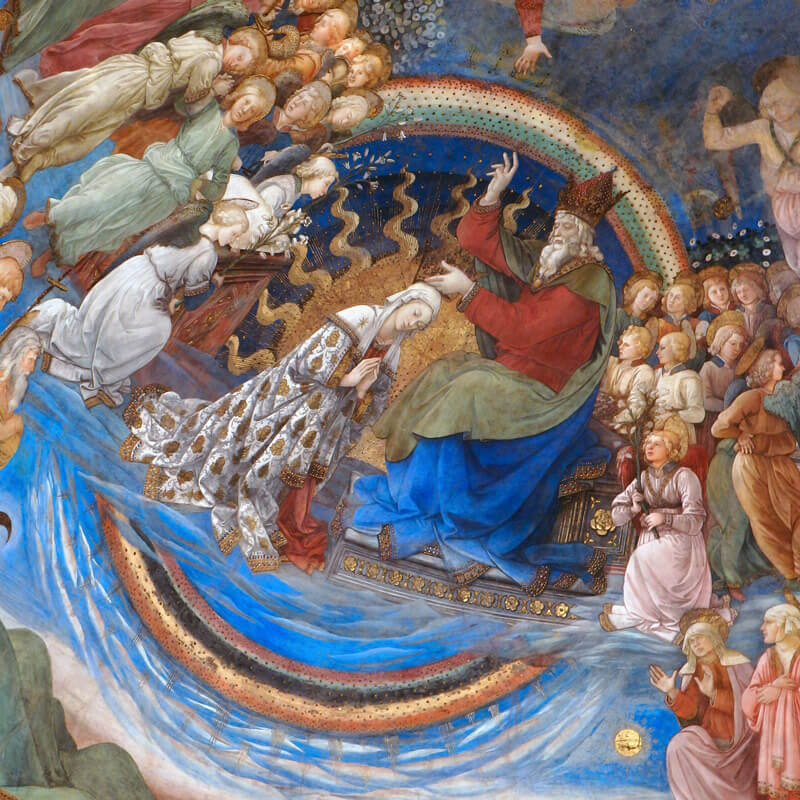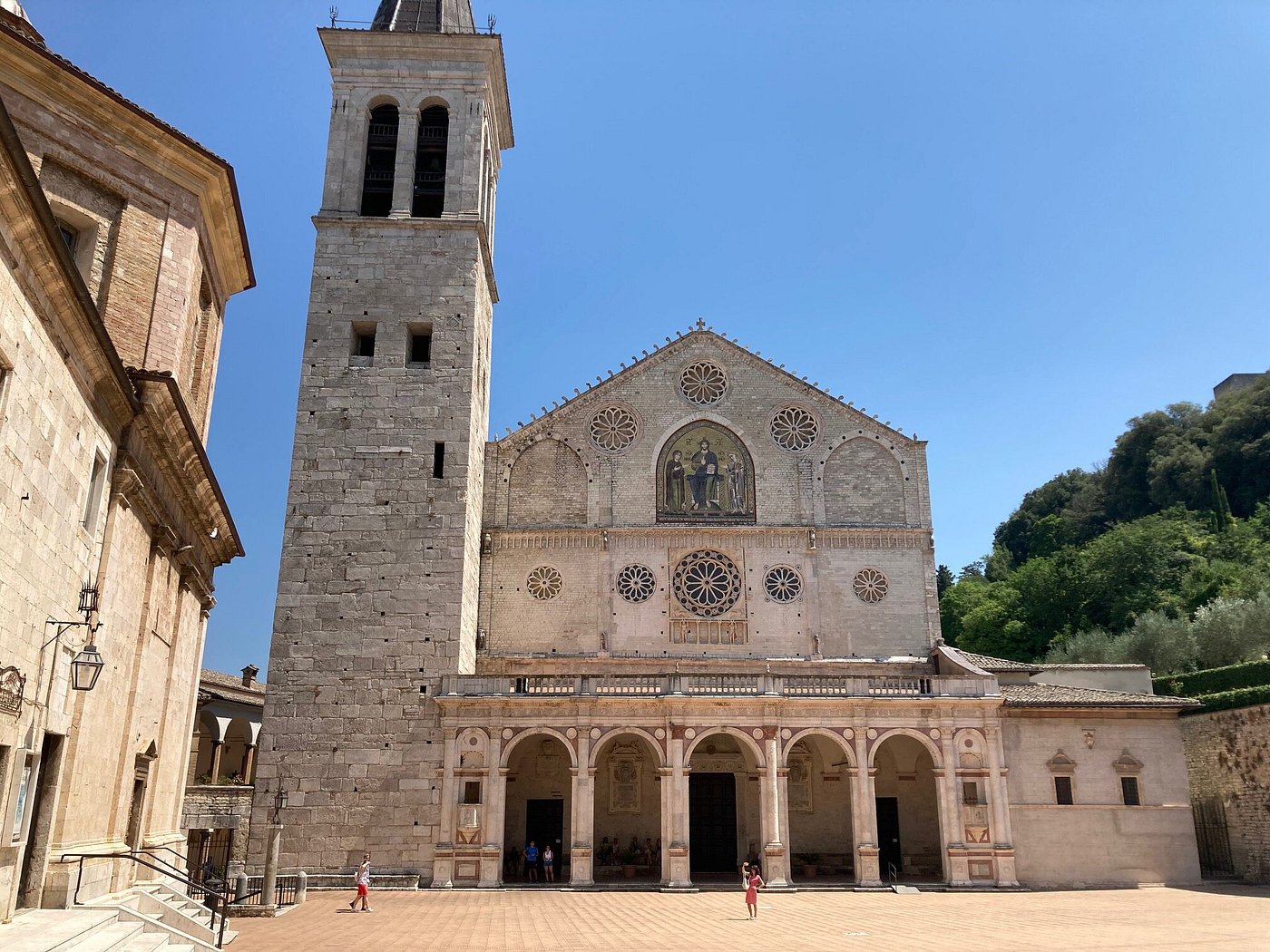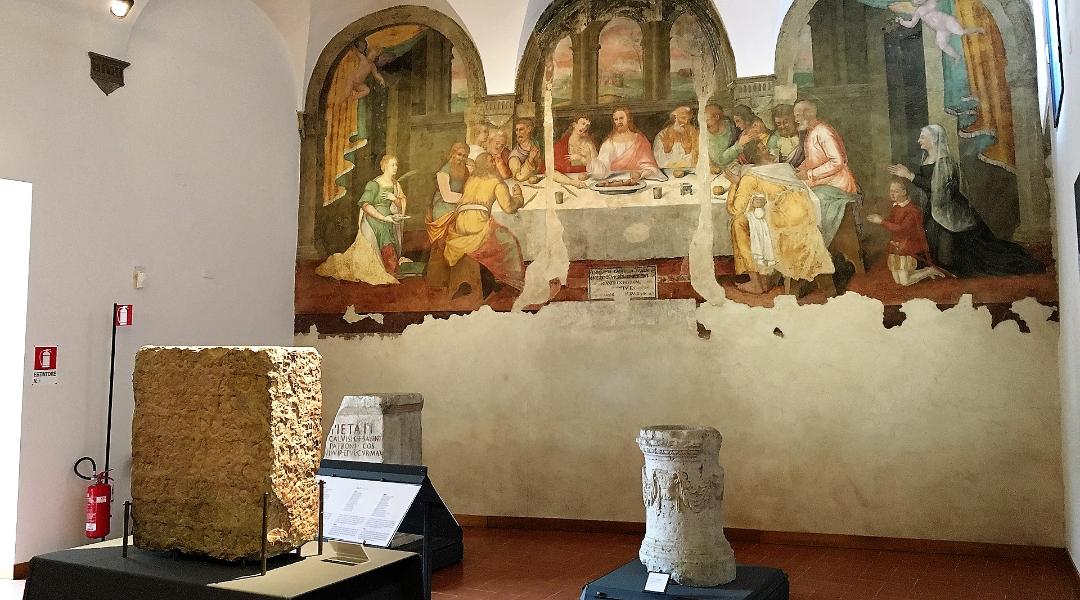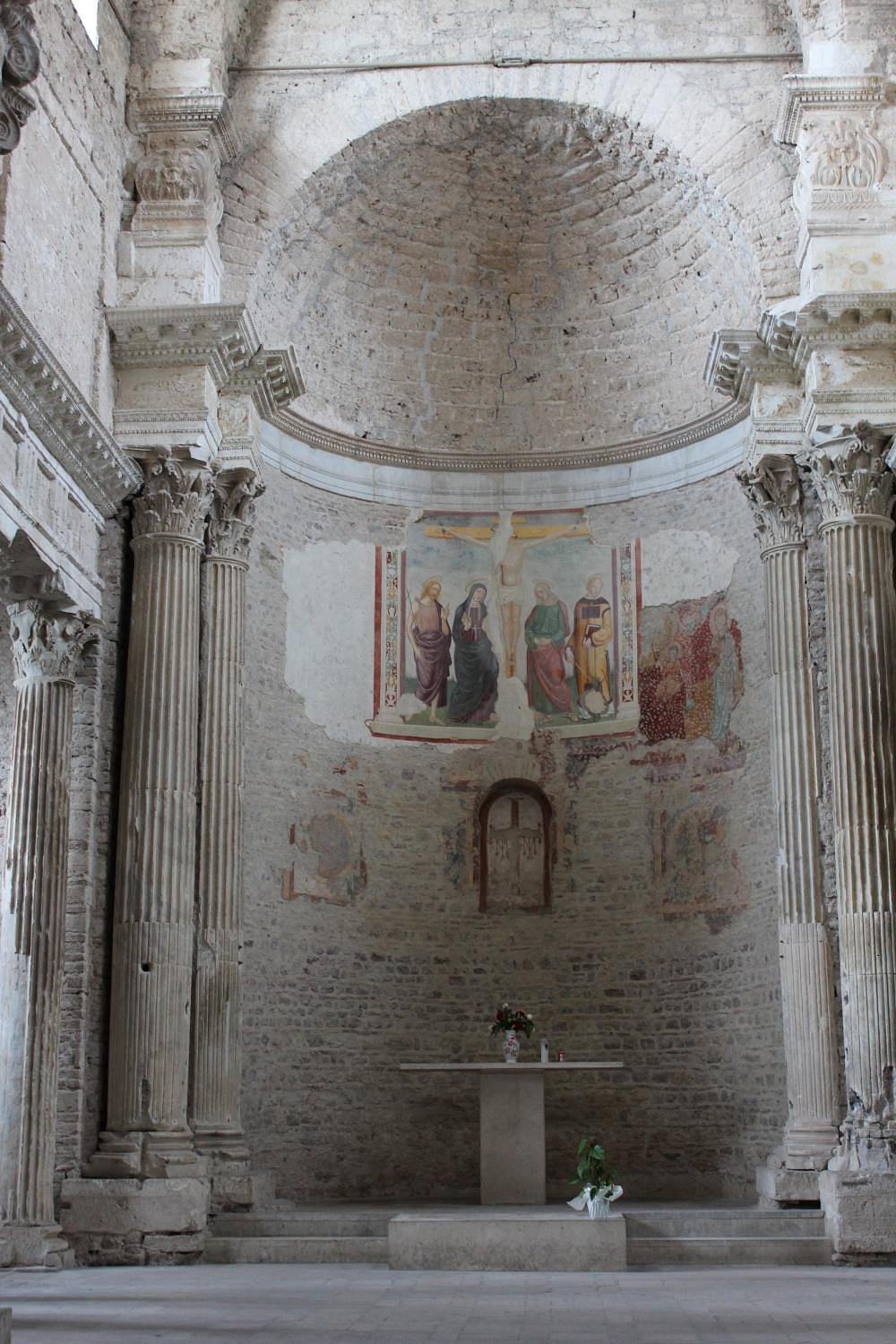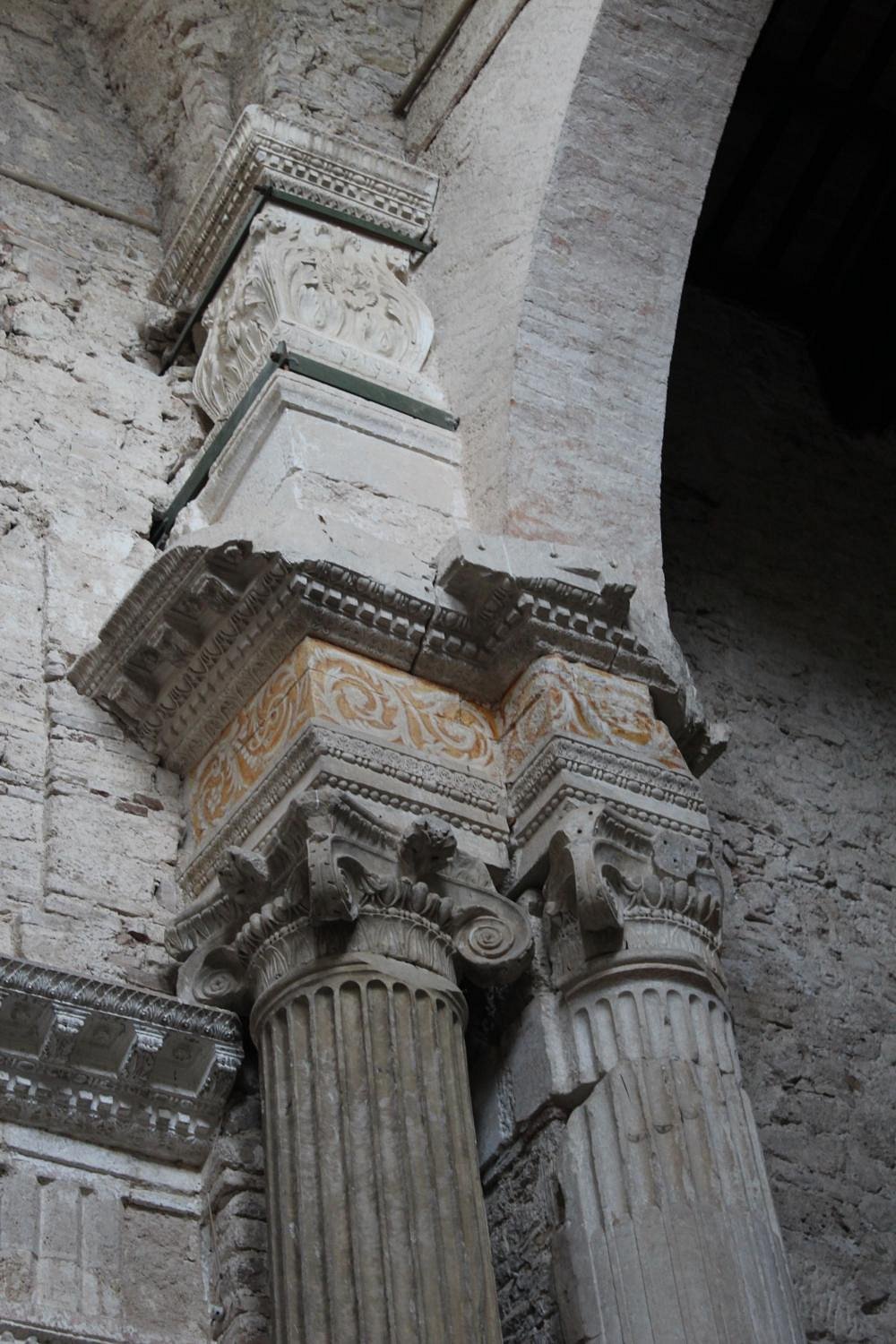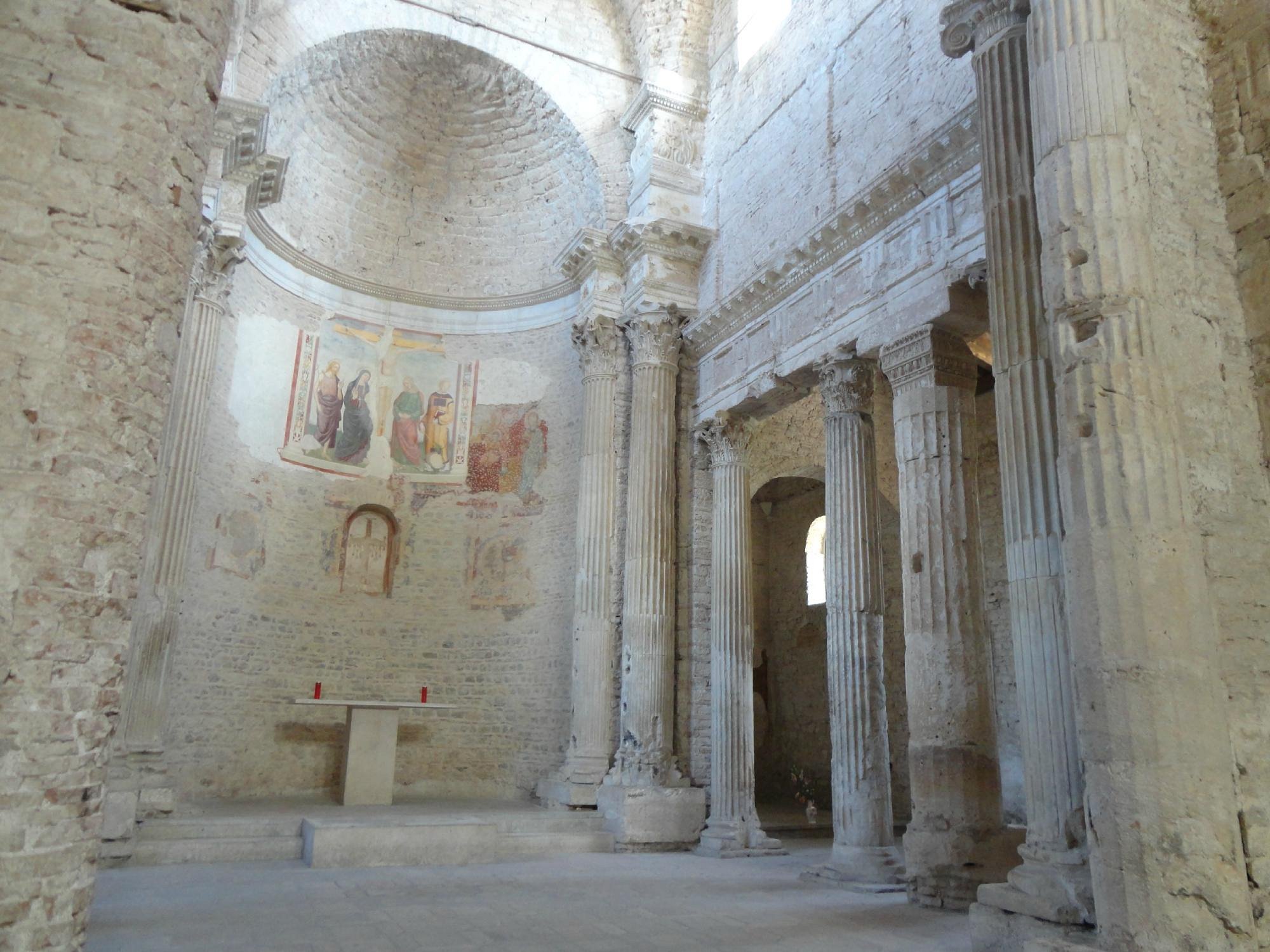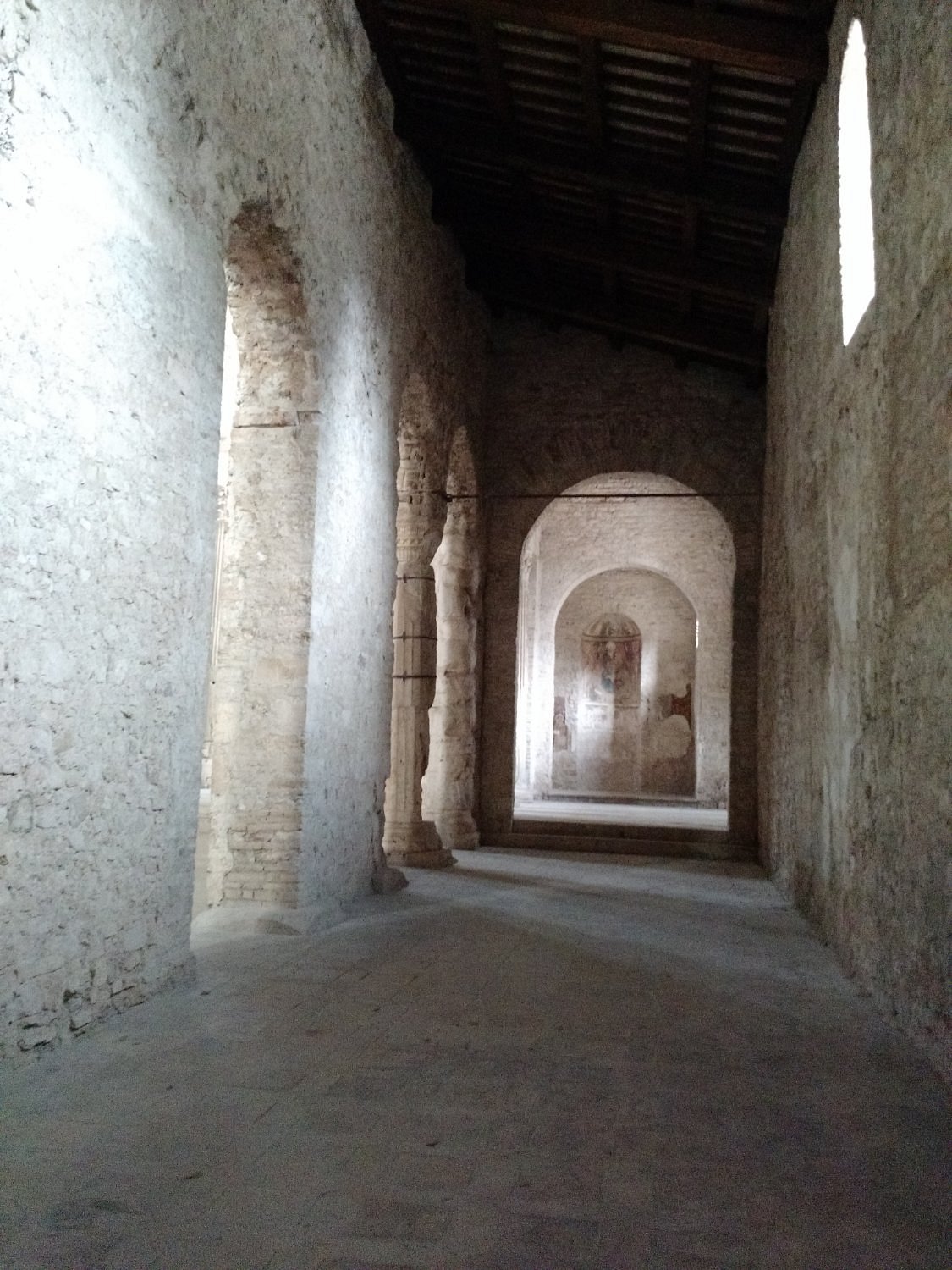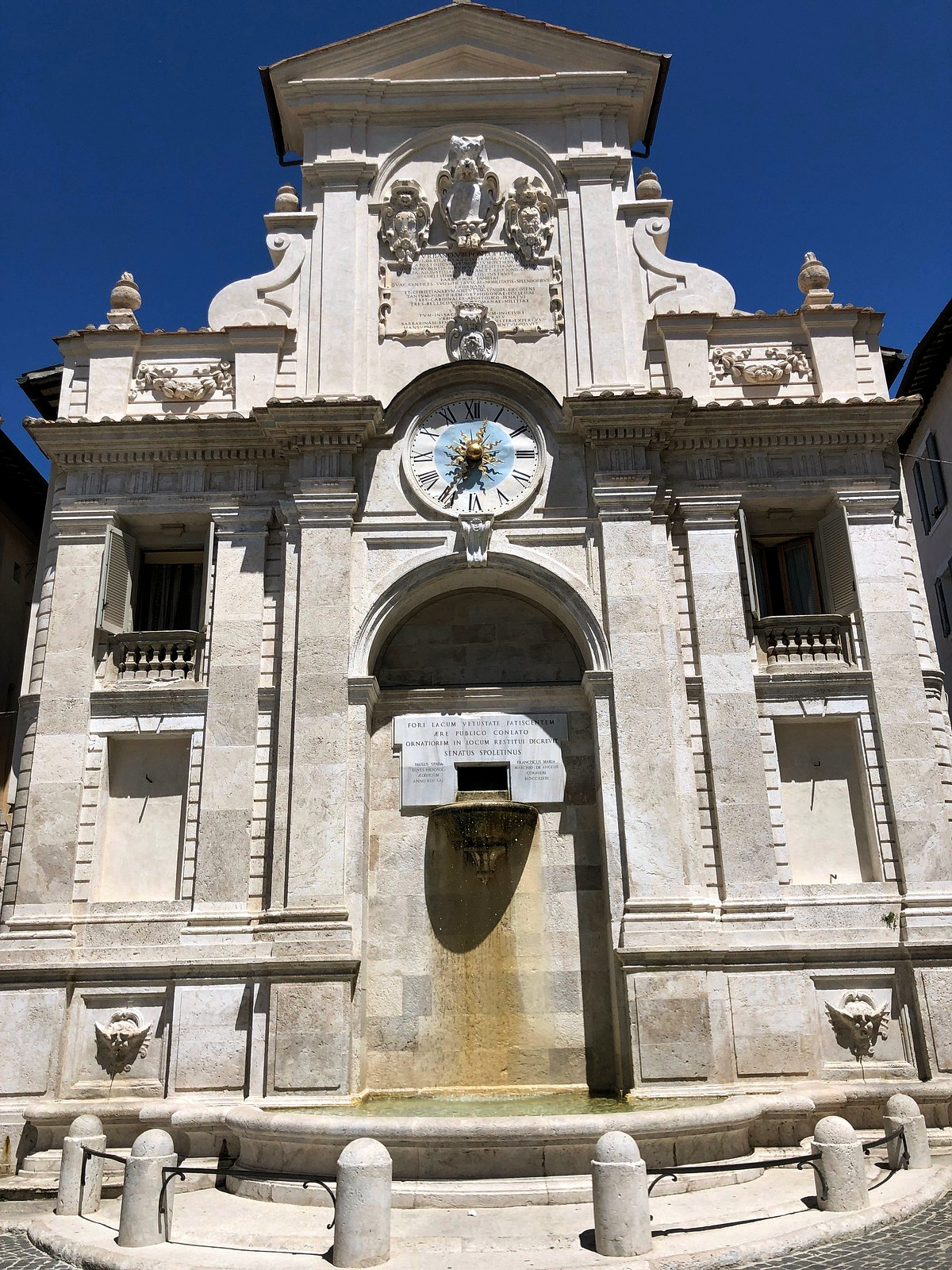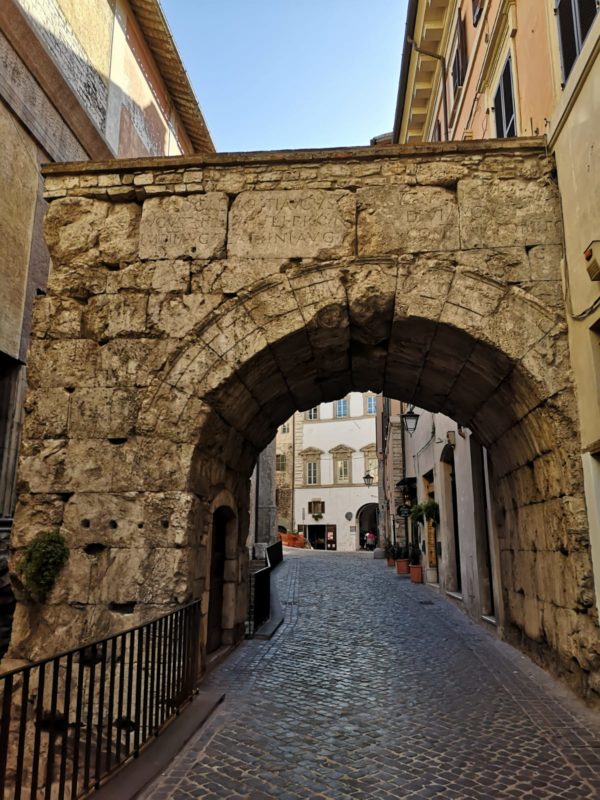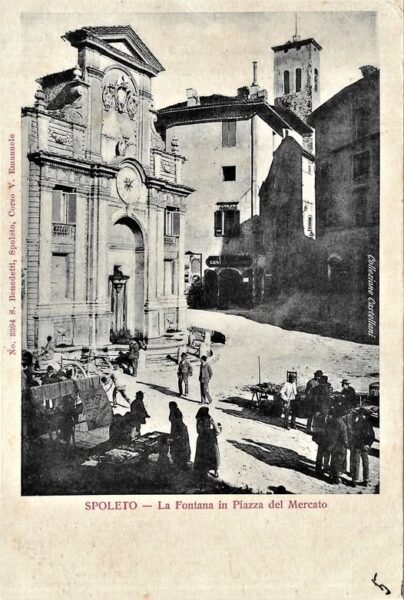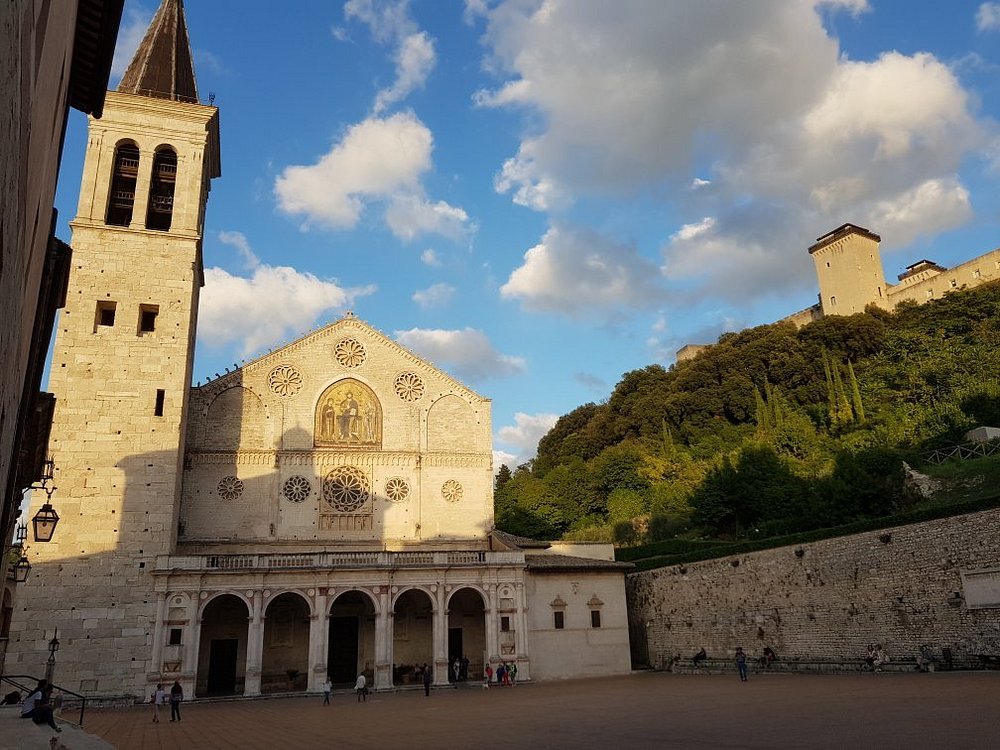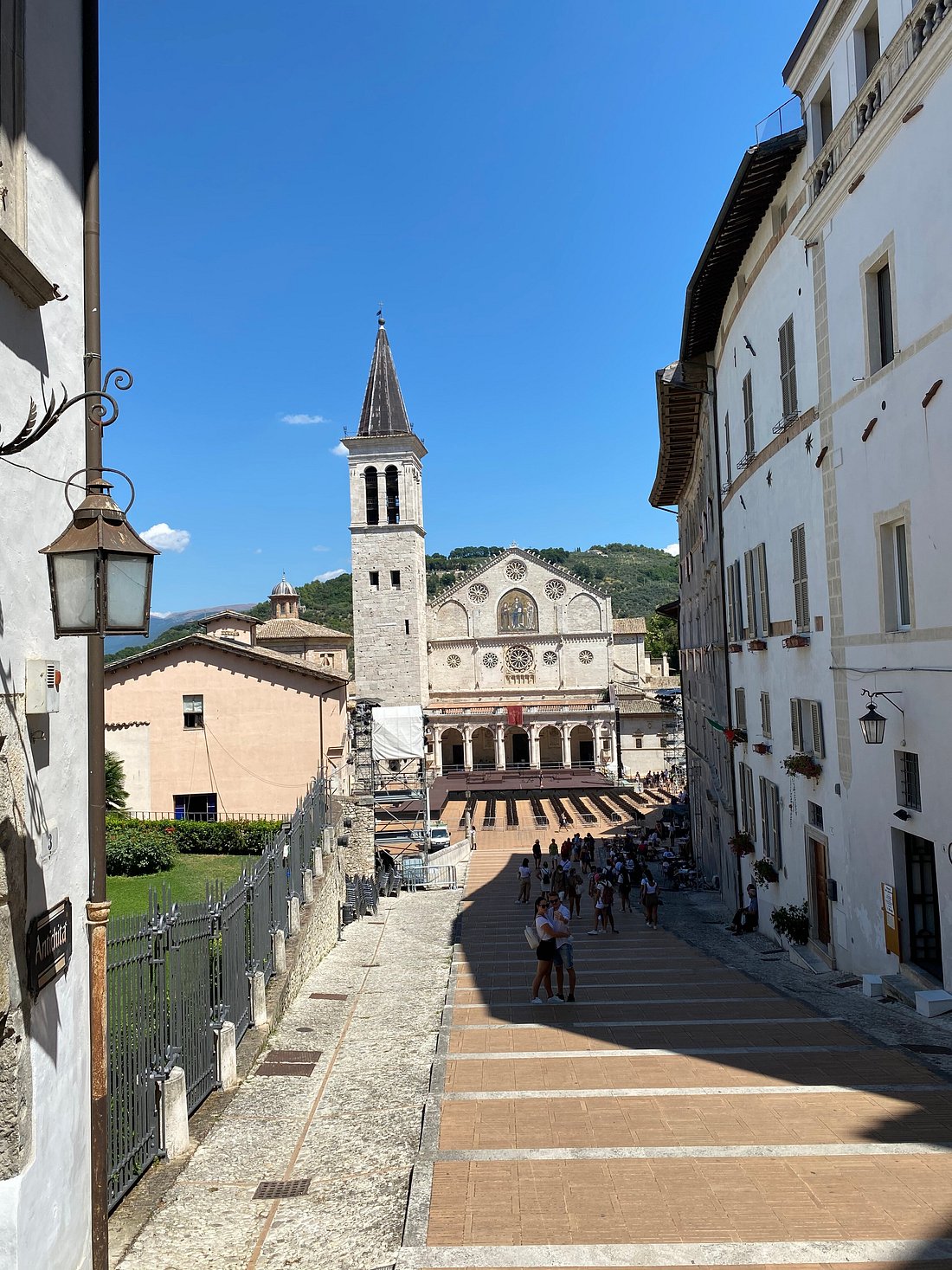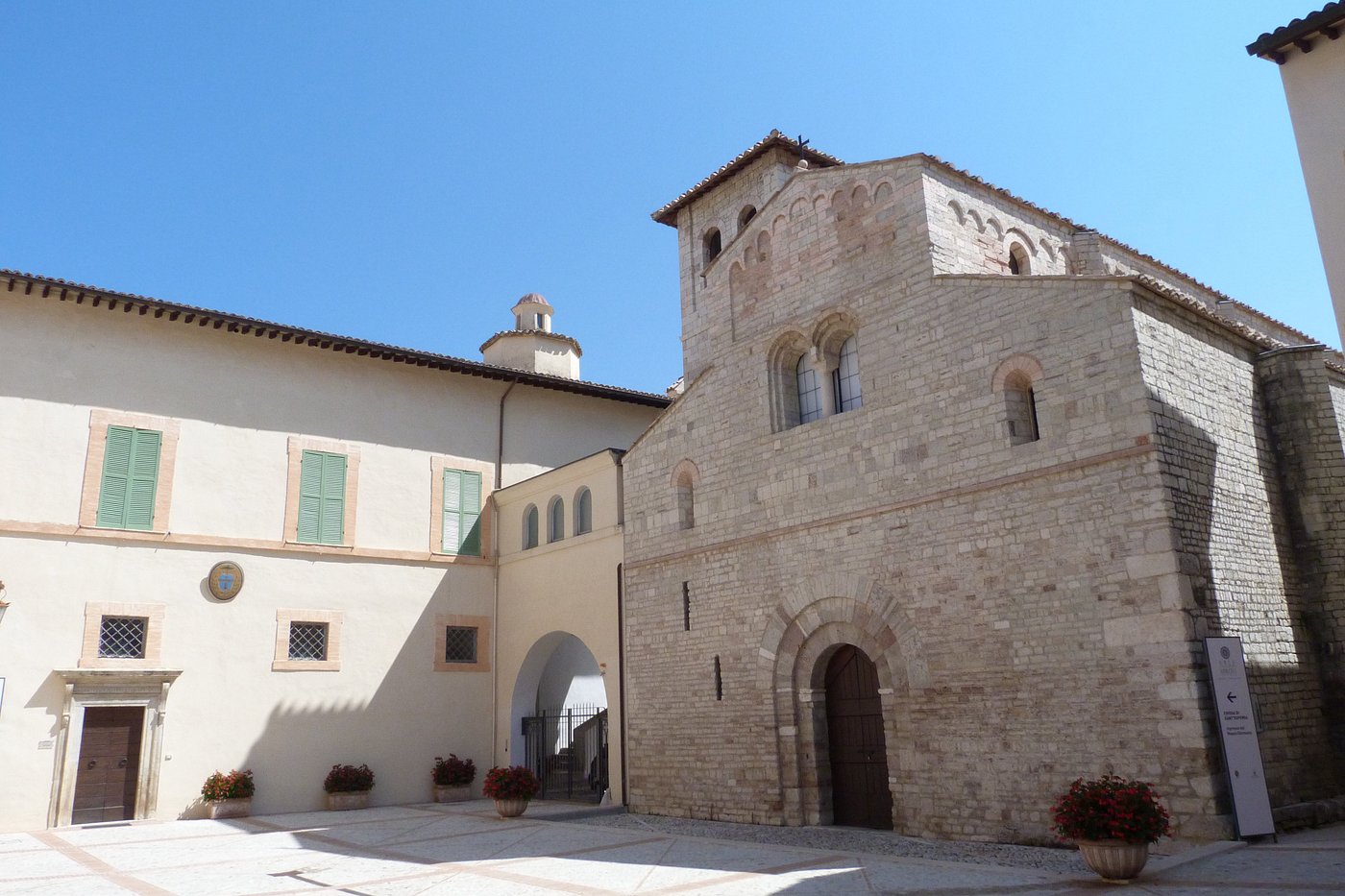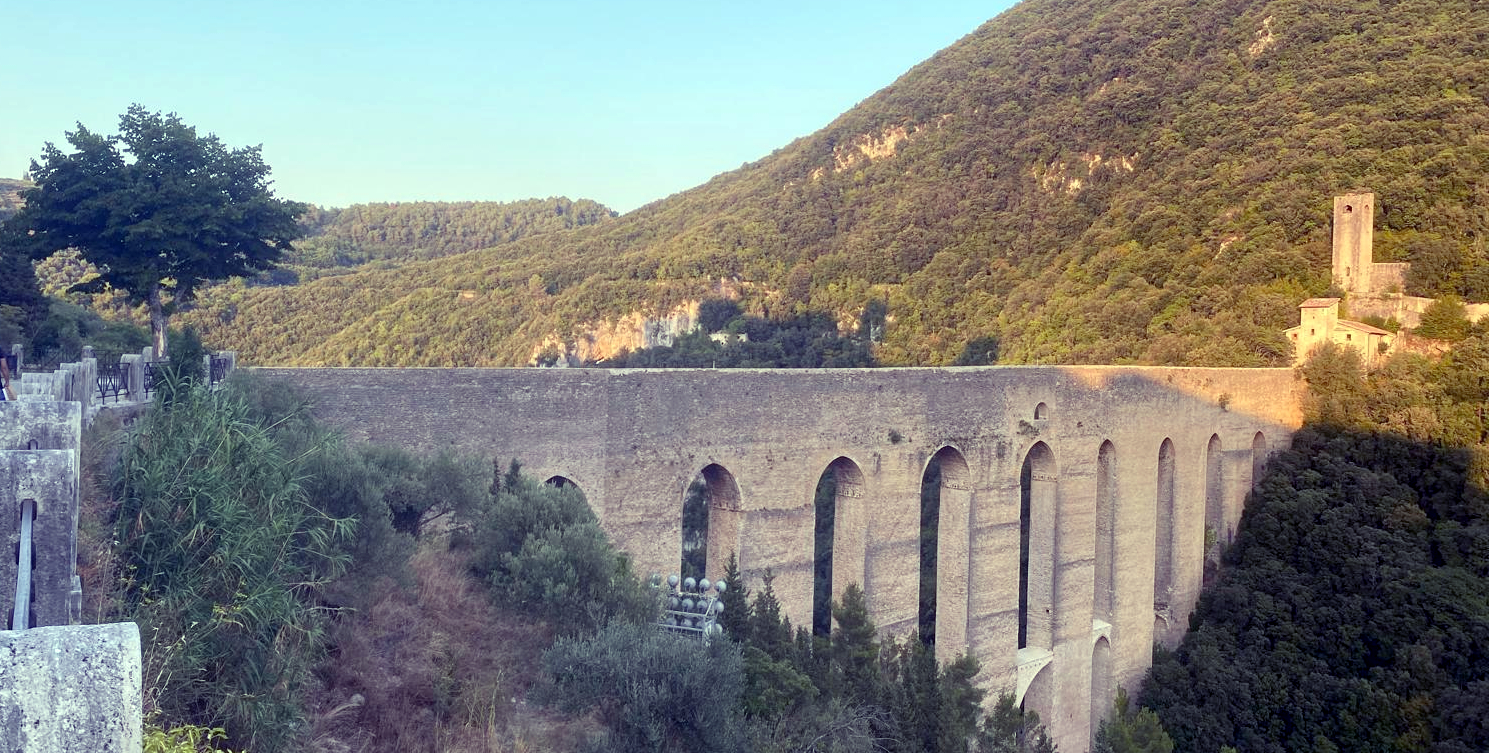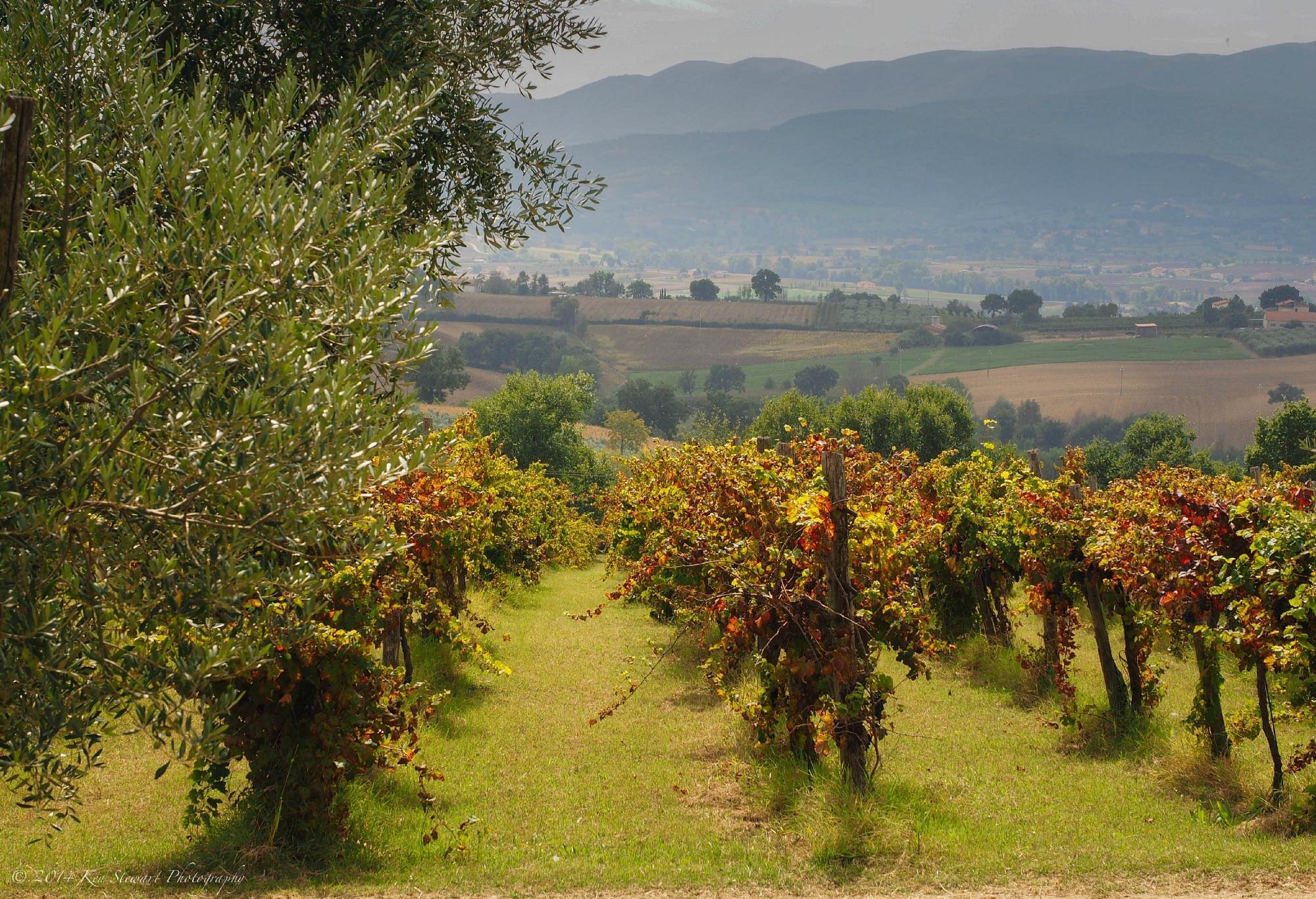How to Use the Tapis Roulant in Spoleto:
Free Underground Walkways to Discover the City
Hidden beneath the ancient streets of Spoleto lies one of Italy’s most surprising urban innovations — the Tapis Roulant, a network of free underground escalators and moving walkways that quietly carry visitors through the heart of this medieval hill town. Far from being a modern intrusion, this system has become an elegant and sustainable way to explore Spoleto’s steep slopes without the usual fatigue or parking stress.
The Tapis Roulant connects the main car parks at the base of the town with its historic centre, the Duomo, and the Rocca Albornoziana fortress, transforming what used to be a demanding climb into a comfortable and fascinating journey. Whether you are visiting for a day or staying longer in Umbria, learning how to use the Tapis Roulant will make your experience smoother, greener, and more enjoyable.
What Is the Tapis Roulant in Spoleto?
In Italian, “tapis roulant” usually means treadmill — but in Spoleto, it means something entirely different. Here, the term refers to a public system of moving walkways, escalators, elevators, and pedestrian tunnels built beneath the town. The project was developed to protect the historic centre from traffic while keeping it accessible to everyone, including visitors with reduced mobility.
The result is a network that combines modern engineering with medieval charm. As you glide through the tunnels, you move effortlessly from the contemporary city below to the timeless atmosphere of the upper town. The Tapis Roulant is completely free of charge and operates daily from morning until evening. Clear signs in Italian and English guide visitors from each access point, making it easy even for first-time travellers.
Where to Park and How to Access the System
One of the main advantages of the Tapis Roulant is that it solves a common problem in hill towns — parking. Instead of circling narrow streets, you can leave your car in one of Spoleto’s three main car parks located at the base of the historic centre:
1. Ponzianina Parking – Perfect for those arriving from Foligno or Perugia. It connects directly to the Piazza della Libertà area and the lower end of Corso Garibaldi. GPS coordinates: LAT 42°44’16.62″N – LONG 12°44’31.38″E ; LAT 42,73795 N – LONG 12,74205 E
2. Posterna Parking – The best choice if your goal is to visit the Rocca Albornoziana, Ponte delle Torri, or the Duomo. From here, a series of escalators and tunnels guide you up through multiple levels, ending just below the fortress walls. GPS coodrinates: LAT 42°44’17,67”N– LONG 12°44’3.99”E ; LAT 42,73824N – LONG 12,73444E
3. Spoletosfera / Matteotti Parking – Located near the modern part of town, it’s convenient for visitors who wish to explore both the newer districts and the historic core. GPS coordinates: LAT 42°43’39.69″N – LONG 12°43’55.49″E ; LAT 42,72769N – LONG 12,73208E
Inside each parking area, look for signs that read “Percorso Meccanizzato” or “Tapis Roulant.” The moment you step inside, the air turns cooler, the light softens, and the city noise disappears — replaced by the smooth rhythm of the moving walkways beneath the hill.
4. San Carlo Bus Station Parking (EV Charging Point) – located at the southern entrance of Spoleto near the bus station, this paid car park includes one electric-vehicle charging station (Type 2). It’s convenient for travellers arriving from Rome or Terni who prefer to leave their car outside the historic centre and reach the city via the nearby ubdegroung mecanical elevatort or on foot.
Map of Spoleto Parkings and Tapis Roulant Access, Key exits
The Journey Up: From Underground to the Rocca
The most scenic route is the Posterna Path. It starts near the Posterna car park and takes about 10 to 15 minutes to reach the top. Along the way, you’ll find several exits, each opening into a different part of the historic centre:
• Via del Mercato – Perfect if you want to visit cafés, small shops, or the Renaissance Teatro Caio Melisso.
• Piazza Campello – Brings you directly to the Duomo di Spoleto, one of the most beautiful cathedrals in Umbria, decorated with frescoes by Filippo Lippi.
• Rocca Albornoziana – The final stop, where the fortress crowns the city with panoramic views over the valley, the Ponte delle Torri, and the Monteluco forest.
Once you reach the Rocca, step outside to enjoy one of Umbria’s most breathtaking views. From here, many travellers choose to walk down through the historic streets — a gentle descent past old stone houses, arches, and viewpoints that change with every corner.
Walking Down Through History
Descending from the Rocca is like walking through an open-air museum. Within minutes you’ll reach the Piazza della Signoria and the Duomo, framed by cypress trees and centuries-old façades. Continue along Via del Duomo, one of Spoleto’s most photogenic streets, where local shops sell handmade ceramics, truffles, and olive oil.
If you follow the road further, you’ll arrive in Piazza del Mercato — once the Roman forum, now a lively square filled with cafés and gelaterias. From there, you can easily re-enter the Tapis Roulant tunnels and glide back down to your parking area. The full route — up through the tunnels and down through the medieval lanes — offers the perfect balance between comfort and discovery.
A Model of Sustainable Urban Tourism
The Tapis Roulant is more than a convenience; it’s a symbol of how a small Italian city can combine history and sustainability. By limiting car access to the historic centre, Spoleto has preserved its architectural heritage while improving mobility for residents and visitors alike. The system promotes walking, reduces emissions, and makes cultural sites accessible to everyone, regardless of age or physical ability.
For travellers interested in slow tourism — travel that values authenticity, well-being, and local connection — Spoleto’s Tapis Roulant perfectly reflects Umbria’s green and mindful spirit. Every ride through the tunnels is a small gesture toward more responsible travel, reminding visitors that sustainability can be simple, silent, and beautiful.

In Memory of Mayor Fabrizio Cardarelli
The final phase of the Tapis Roulant system, linking the Posterna parking area to the Rocca Albornoziana, was completed and inaugurated in December 2014 under the guidance of Mayor Fabrizio Cardarelli. A respected teacher and civic leader, Cardarelli devoted his term to making Spoleto more accessible, welcoming, and sustainable. He believed that beauty should belong to everyone — not just those able to climb its steep streets.
When he passed away suddenly in 2017, the entire community mourned deeply. Residents still speak of him with affection, remembering his warmth, humility, and his vision for a Spoleto open to all. Today, every visitor who glides through the tunnels of the Tapis Roulant travels, in a way, through part of his legacy — a gift of movement, inclusion, and love for the city he served.
In the hearts of the Spoletini, Fabrizio Cardarelli is remembered as perhaps the city’s most loved mayor of the past generation, admired for his integrity, kindness, and commitment to making Spoleto accessible to everyone.
Travel Tips
Opening hours: generally 7:00 am – 9:00 pm (subject to seasonal changes).
Cost: completely free for everyone.
Accessibility: equipped with elevators and wide walkways, suitable for wheelchairs and strollers.
Languages: bilingual signage (Italian / English).
Safety: well-lit, air-conditioned, and monitored by CCTV.
Best time to visit: early morning or sunset, when the upper city glows with golden light.
During summer events such as the Festival dei Due Mondi (Festival of Two Worlds), the Tapis Roulant becomes especially useful to avoid traffic and reach the venues comfortably.
Combine City and Nature: Stay Near Spoleto
After exploring the tunnels and the old town, you can unwind in the quiet countryside just outside the city. Adagio Umbro, located only a few minutes’ drive from Spoleto, offers a relaxing retreat surrounded by green hills. Guests can enjoy a peaceful garden, a tennis court, and outdoor spaces for picnics or slow afternoons under the Umbrian sun.
With free private parking, breakfast included, and Wi-Fi throughout the property, Adagio Umbro is an ideal base for travellers who love both culture and comfort. From here, you can easily reach Spoleto, Assisi, Trevi, or Montefalco by car — all within an hour’s scenic drive through Umbria’s rolling hills.
Why the Tapis Roulant Is More Than Just an Escalator
Many visitors arrive in Spoleto expecting another hill town full of steep climbs, and they are delighted to discover that movement here has been reinvented. The Tapis Roulant is now part of the city’s identity: a meeting point between heritage and innovation, comfort and authenticity. As you ride through the tunnels, surrounded by modern architecture and subtle lighting, you emerge into sunlit piazzas framed by medieval towers — a seamless transition between eras.
For travellers who believe that exploration should be both accessible and meaningful, the Tapis Roulant embodies that philosophy. It proves that sustainability doesn’t require sacrifice — it can mean discovering a city at your own pace, with ease, grace, and awareness.
FAQs About Visiting Spoleto Undeground
- Posterna Parking – Best for reaching the Rocca, Duomo, and Ponte delle Torri.
- Ponzianina Parking – Ideal if you’re arriving from Foligno or Perugia.
- Spoletosfera / Matteotti Parking – Convenient for exploring both the modern and historic parts of the city.
Conclusion: One Perfect Day in Spoleto – Blend of Culture, Comfort, and Sport
In just one day, Spoleto gives you a rich taste of Umbrian life -its timeless art, majestic nature, and warm hospitality.
Spoleto is more than a historical site – it’s a portal into a grander, slower-paced way of life. When paired with the rejuvenating joys of a tennis holiday at our private property, your trip becomes truly unforgettable. Whether you’re a history buff, a sports enthusiast, or a leisure traveler looking for a unique experience, Spoleto offers the perfect Italian escape. We invite you to discover its magic—on and off the court.
At the top of the hill of Spoleto’s historic centre, near the Ponte delle Torri and the Rocca Albornoziana, stands the elegant Hotel Gattapone. Overlooking the green Umbrian valley, this early 20th-century hotel has become one of Spoleto’s most iconic landmarks. Its panoramic terraces offer unforgettable views of the medieval bridge and surrounding hills — a peaceful retreat for travellers, artists, and anyone inspired by the timeless charm of Umbria. You might also like: What to Do in Umbria in Autumn: Read more →















